
What dise:ase is gr.oin pa.in a symptom of?

What Causes Groin Pain and Brown Discharge and How Do They Pass?
Groin pain combined with brown discharge can be concerning for many people. These symptoms may indicate various underlying conditions, some of which may require medical attention. Understanding the possible causes and the ways to manage them can help you take the necessary steps to relieve the discomfort and prevent further complications. In this article, we will explore the potential causes of groin pain and brown discharge, how they are diagnosed, and the appropriate ways to address them.
What Is Gr.oin P.ain?
Understanding Gr.oin P.ain:
Groin pain refers to discomfort in the area where your abdomen meets your thighs, around the hip joint. The groin area is home to several important muscles, ligaments, and nerves, so pain in this area can be caused by a wide range of issues. Groin pain may be sharp, dull, or throbbing, and it can be constant or intermittent. It may worsen with certain movements or activities.
Common Causes of Gr.oin P.ain:
-
Muscle Strain: Overexertion during physical activities, such as running or lifting, can cause groin muscles to strain, leading to pain.
-
Hernia: A groin hernia, also called an inguinal hernia, occurs when part of the intestine or fatty tissue pushes through a weakened spot in the abdominal wall. This can cause pain and discomfort in the groin area.
-
Hip Problems: Conditions such as osteoarthritis or hip impingement can cause groin pain that radiates to the inner thigh.
-
Infections: Urinary tract infections (UTIs), pelvic infections, or sexually transmitted infections (STIs) can cause pain in the groin area.
-
Reproductive System Issues: Women may experience groin pain due to ovarian cysts, endometriosis, or fibroids.
What Is Brown Dis.charge?
Understanding Brown Dis.charge:
Brown discharge typically refers to vaginal discharge that appears brown in color, often resembling coffee grounds or light blo.od. The discharge occurs when the body sheds old blood, which takes longer to exit the body, giving it a brownish hue. While brown discharge can be a normal occurrence, it can also be a sign of an underlying health issue.
Common Causes of Brown Dis.charge:
-
Menstrual Cycle: Brown discharge is most commonly associated with the end of a menstrual period. It can happen as old blood is expelled from the uterus after menstruation.
-
Ovulation: Some women experience light brown spotting during ovulation, which is typically harmless.
-
Implantation Bleeding: In early pregnancy, some women experience light spotting or brown discharge when the fertilized egg implants itself into the uterine lining. This is known as implantation bleeding.
-
Infections: Vaginal infections, such as bacterial vaginosis, yeast infections, or sexually transmitted infections, can cause brown discharge along with other symptoms like itching, odor, or irritation.
-
Hormonal Imbalance: Birth control pills, hormone therapy, or other hormonal fluctuations can cause irregular bleeding or spotting, which may present as brown discharge.
-
Polyps or Fibroids: Non-can.cerous growths in the uterus (such as polyps or fibroids) can cause abnormal bleeding or brown discharge.
-
Cervical Cancer: In rare cases, brown discharge, especially when accompanied by pelvic pain, can be a symptom of cervical can.cer. This is a serious condition that requires immediate medical attention.
When to Seek Medical Attention for Gr.oin P.ain and Brown Dis.charge
Wa.rning Signs:
If you experience groin pain and brown discharge together, there are certain situations where it’s crucial to consult a healthcare provider:
-
Severe Groin Pain: If the pain is sudden, sharp, or gets worse over time, it could indicate a hernia, infection, or injury that needs immediate treatment.
-
Persistent Brown Discharge: If the brown discharge lasts for more than a few days, occurs outside your regular menstrual cycle, or is accompanied by other symptoms such as fever, pain, or an unpleasant odor, it could indicate an infection or other reproductive system issue.
-
Pain During Intercourse: If you experience pain during sexual activity along with brown discharge, it could be a sign of an underlying condition like endometriosis, pelvic inflammatory disease (PID), or fibroids.
-
Fever and Abnormal Discharge: If the discharge is accompanied by fever, fatigue, or abdominal pain, it could indicate an infection that requires medical treatment.
Diagnosis of Gr.oin P.ain and Brown Dis.charge
Medical Tests:
To determine the underlying cause of groin pain and brown discharge, your doctor may perform several diagnostic tests, including:
1. Pelvic Exam: For women, a pelvic exam helps identify issues with the uterus, ovaries, or cervix that could be contributing to the symptoms.
2. Ultrasound: An ultrasound can help identify conditions such as ovarian cysts, fibroids, or other pelvic issues.
3. Pap Smear: If there is a concern about cervical cancer or other abnormalities in the cervix, a pap smear may be conducted to check for any abnormal cell growth.
4. Blo.od and Urine Tests: These tests can help detect infections or hormonal imbalances.
5. MRI or CT Scan: For severe groin pain that is suspected to be related to muscles, ligaments, or bones, imaging tests like an MRI or CT scan may be used.
How to Manage and Relieve Gr.oin P.ain and Brown Dis.charge
For Gr.oin P.ain:
-
Rest and Ice: For mild muscle strain or injury, resting and applying an ice pack can help reduce inflammation and relieve pain.
-
Pain Relief Medications: Over-the-counter pain relievers such as ibuprofen or acetaminophen can help manage mild pain and swelling.
-
Physical Therapy: For ongoing pain, especially related to hip or muscle issues, physical therapy exercises may help improve strength and flexibility in the affected area.
-
Surgical Intervention: If the groin pain is due to a hernia or other serious condition, surgery may be required.
For Brown Dis.charge:
-
Monitor Your Menstrual Cycle: If the brown discharge is linked to your menstrual cycle or ovulation, it’s usually not a cause for concern. However, it’s important to track any changes and discuss them with your healthcare provider.
-
Antibiotics or Antifungals: If an infection is the cause, your doctor may prescribe antibiotics or antifungal medication to clear up the issue.
-
Hormonal Regulation: If hormonal imbalance is the cause, your doctor may recommend adjusting your birth control or hormone therapy.
-
Surgical Treatment: In the case of fibroids, polyps, or other growths in the reproductive organs, surgery or other medical interventions may be needed.
Conclusion
Gr.oin pain and brown dis.charge are symptoms that should not be ignored, especially if they persist or are accompanied by other concerning signs. While these symptoms can often be related to common, treatable conditions, they can also be indicative of more serious issues that require medical attention. It’s crucial to seek guidance from a healthcare provider who can evaluate your symptoms, make an accurate diagnosis, and recommend the appropriate treatment to manage your condition effectively.
Early diagnosis and treatment can prevent complications and improve quality of life, so don’t hesitate to consult with a doctor if you’re experiencing these symptoms. Prioritize your health and well-being by staying informed and proactive about your body’s needs.
News in the same category


The Part of the Pig Often Dismissed as “Dirty” and Thrown Away: Turns Out It’s a “Miracle Food” with 10 Times More Iron Than Meat

An 8-Year-Old Girl Complained of “Sto.mach Pain” Every Friday Afternoon

Eating Eggs Can Be Harmful for These 5 Groups of People: Better Stay Away!
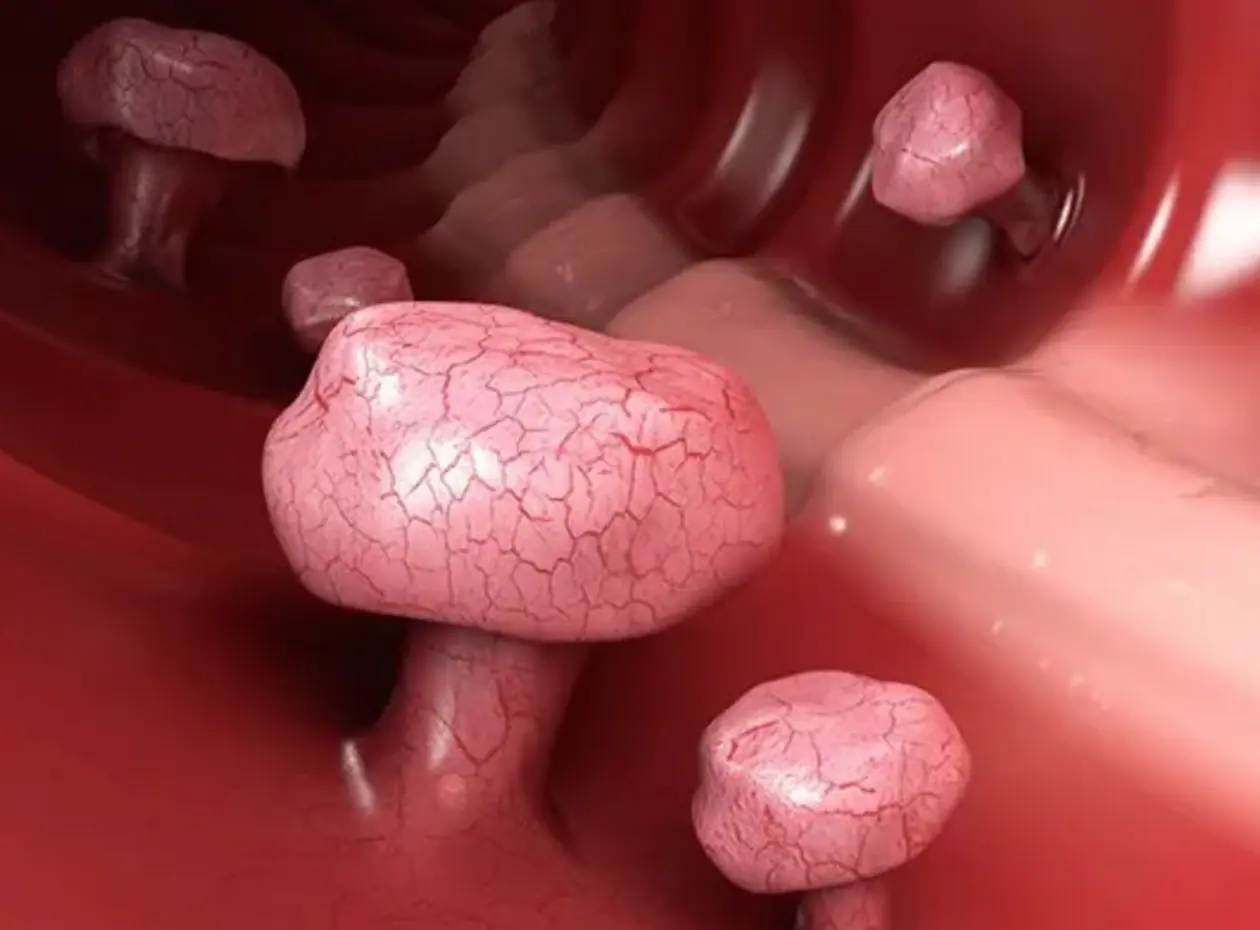
Early detection colon polyps: The key to effective can.cer prevention

Think it’s harmless? The risks of wearing bras to sleep might surprise you
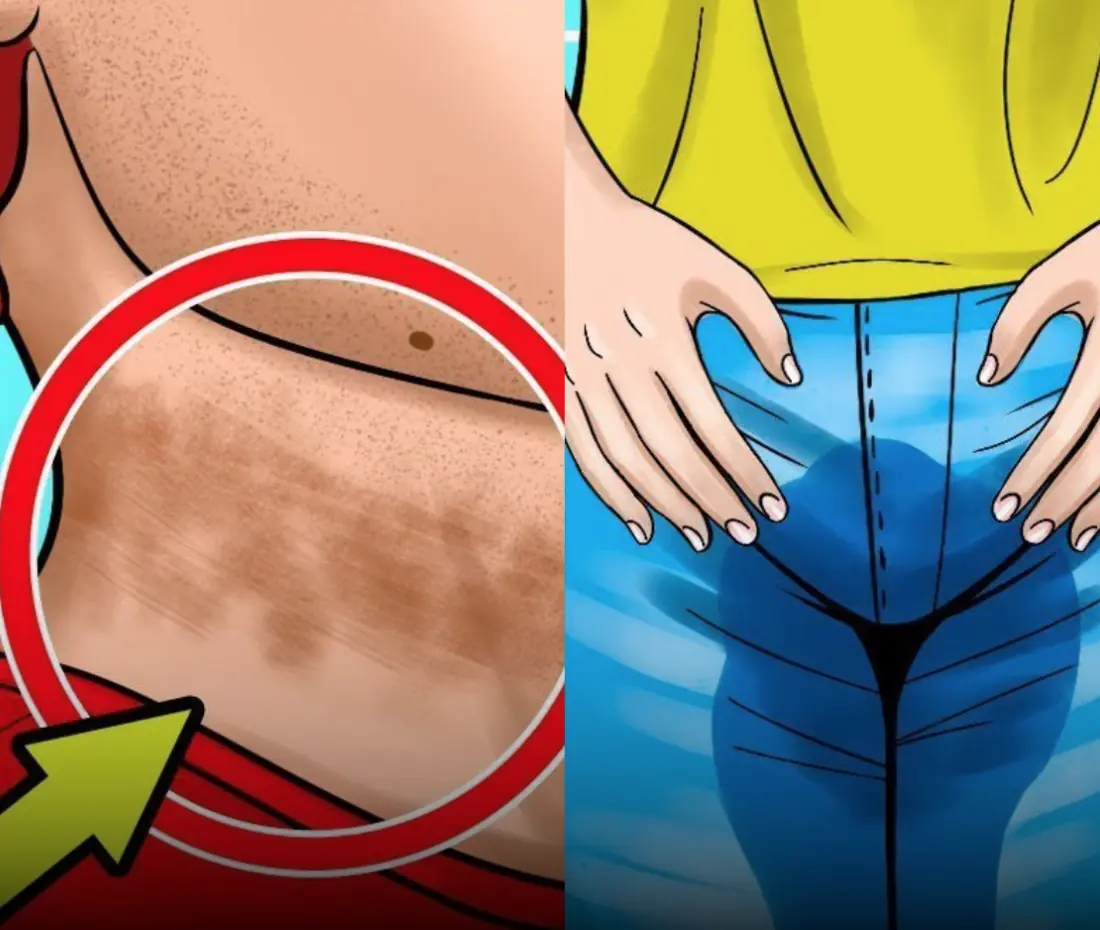
These 10 symptoms indicate latent diabetes

What sleeping on the left side does for our brain, stomach and lymphatic health

Eating yogurt with these 5 mistakes can bring more dis.eases into your body
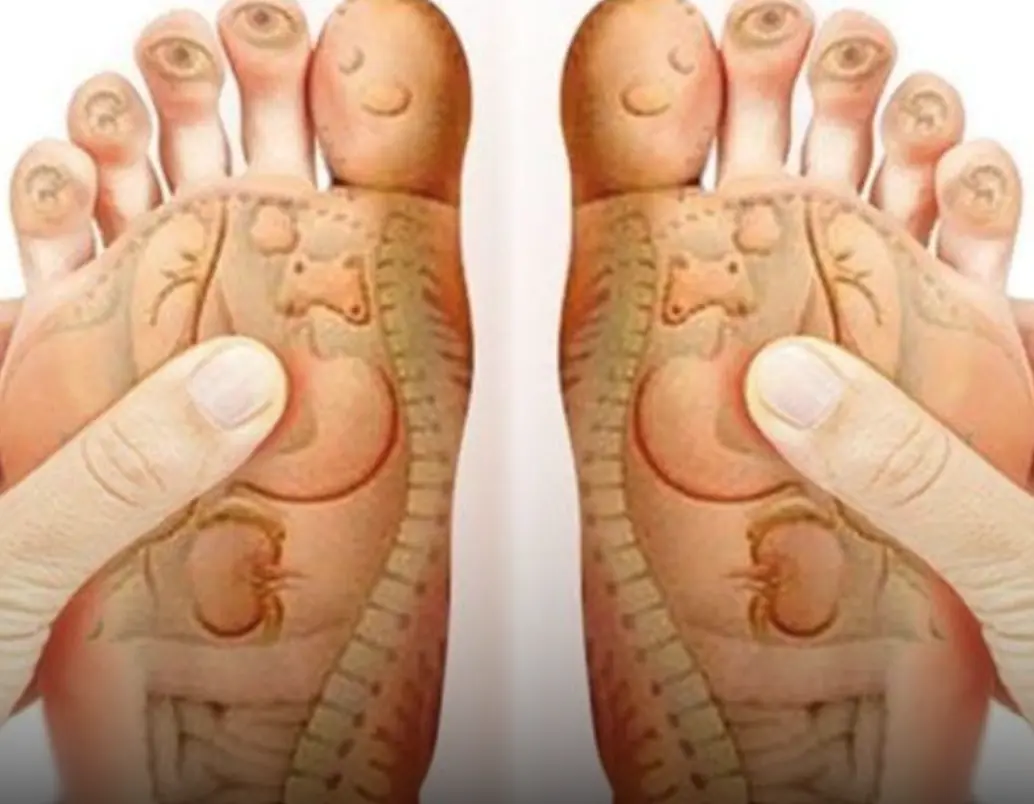
8 foot massage points that help relieve issues
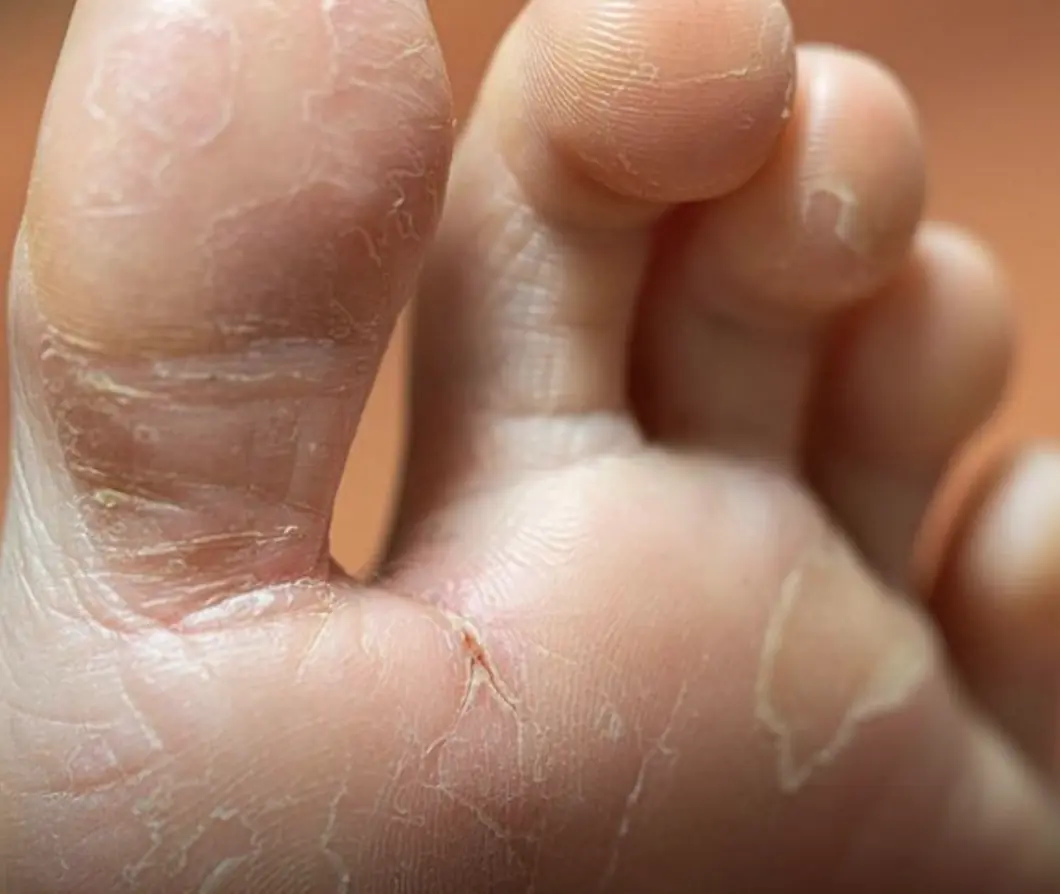
7 subtle symptoms that could signal serious health problems
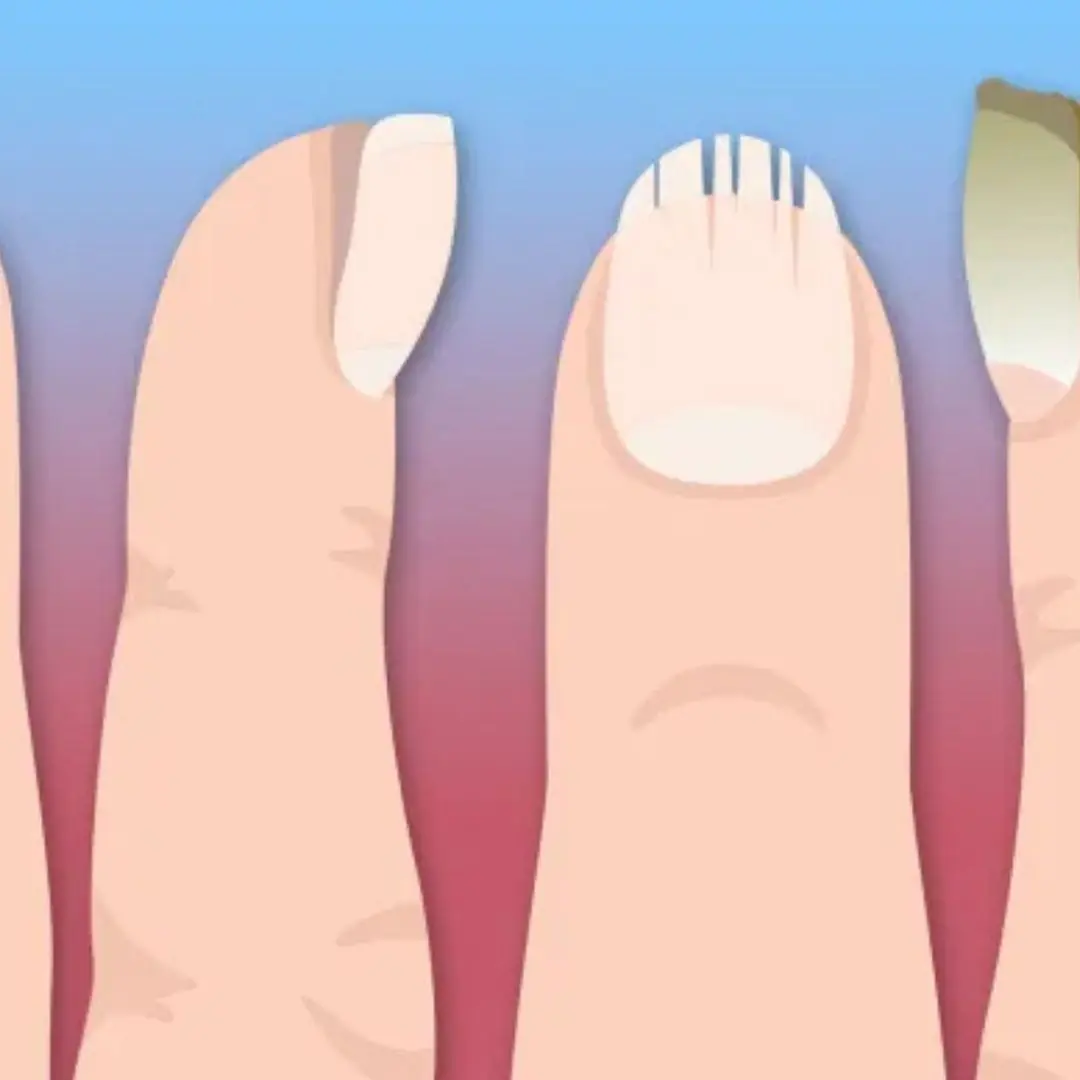
The 5 ‘silent’ can:cer signs you might miss on your nails
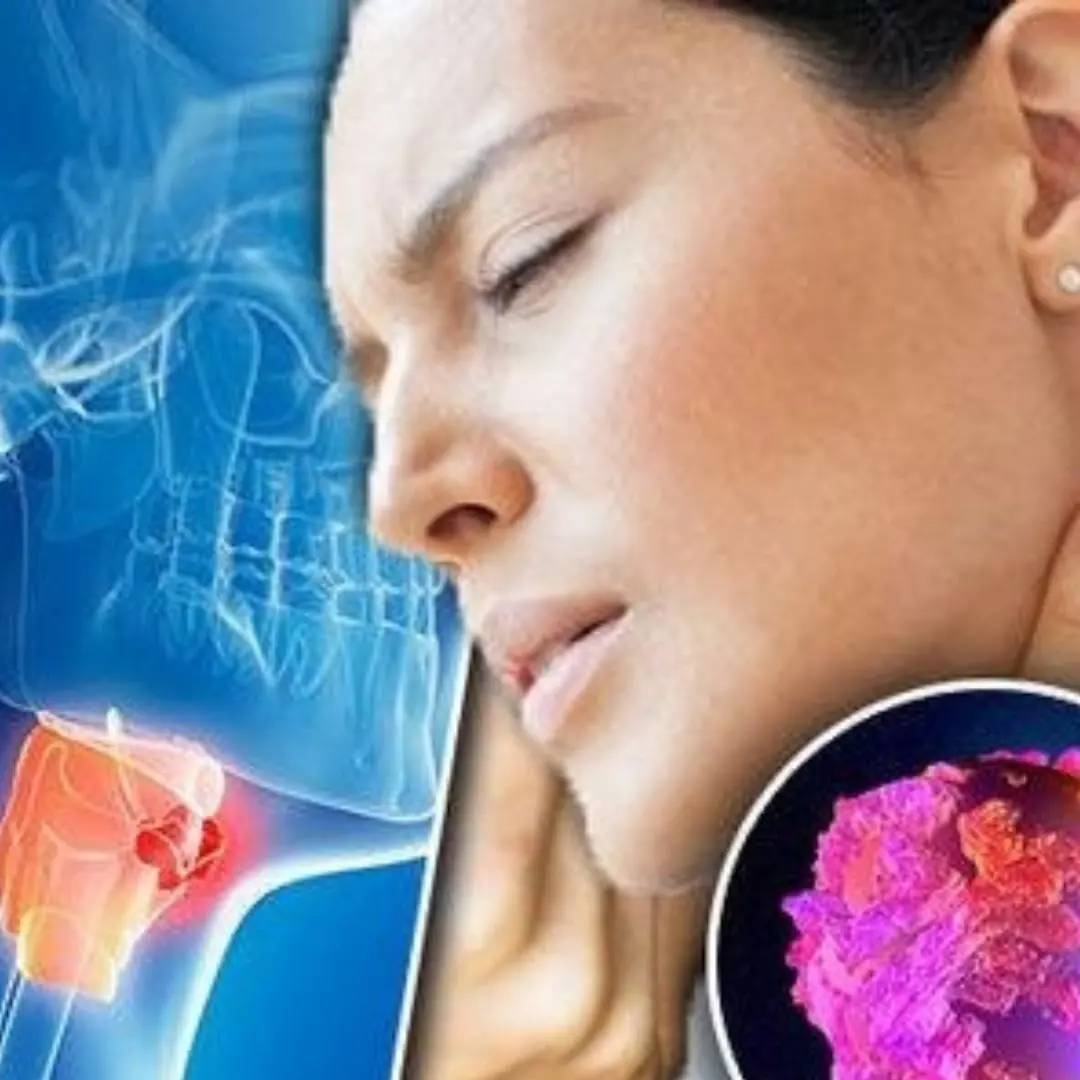
Warning about the habit of "welcoming" can:cer into the body, many people know but still do it

4 Types of Plants That Snakes Are Crazy About

Boiling Eggs with Just Water is Not Enough

Discover the Power of Rosemary: Nature’s Potent Pain Reliever & Healing Herb
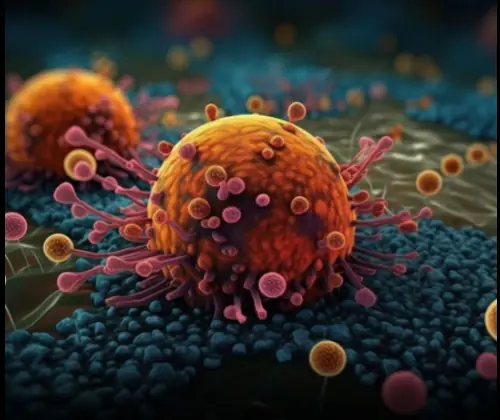
Doctors Urge: Stop Eating These 6 Foods That Fuel Cancer Growth

10 Warning Signs of Stroke One Month Before - Unbelievable Signs... Revealed!

Over 200 People Are Killed By The “World’s Deadliest Food” Every Year
News Post

4 Vegetables Easily “Treated” with Chemicals

The Part of the Pig Often Dismissed as “Dirty” and Thrown Away: Turns Out It’s a “Miracle Food” with 10 Times More Iron Than Meat

An 8-Year-Old Girl Complained of “Sto.mach Pain” Every Friday Afternoon

Eating Eggs Can Be Harmful for These 5 Groups of People: Better Stay Away!

Early detection colon polyps: The key to effective can.cer prevention

Think it’s harmless? The risks of wearing bras to sleep might surprise you

These 10 symptoms indicate latent diabetes

What sleeping on the left side does for our brain, stomach and lymphatic health

Eating yogurt with these 5 mistakes can bring more dis.eases into your body

8 foot massage points that help relieve issues

7 subtle symptoms that could signal serious health problems

Struggling with garlic or onion smell on your hands? Try this simple trick—1 minute and it’s gone!

Tightly Wrapped or Loose Cabbage – Which Tastes Better?

The 5 ‘silent’ can:cer signs you might miss on your nails

Warning about the habit of "welcoming" can:cer into the body, many people know but still do it

4 Types of Plants That Snakes Are Crazy About

Boiling Eggs with Just Water is Not Enough

Discover the Power of Rosemary: Nature’s Potent Pain Reliever & Healing Herb
